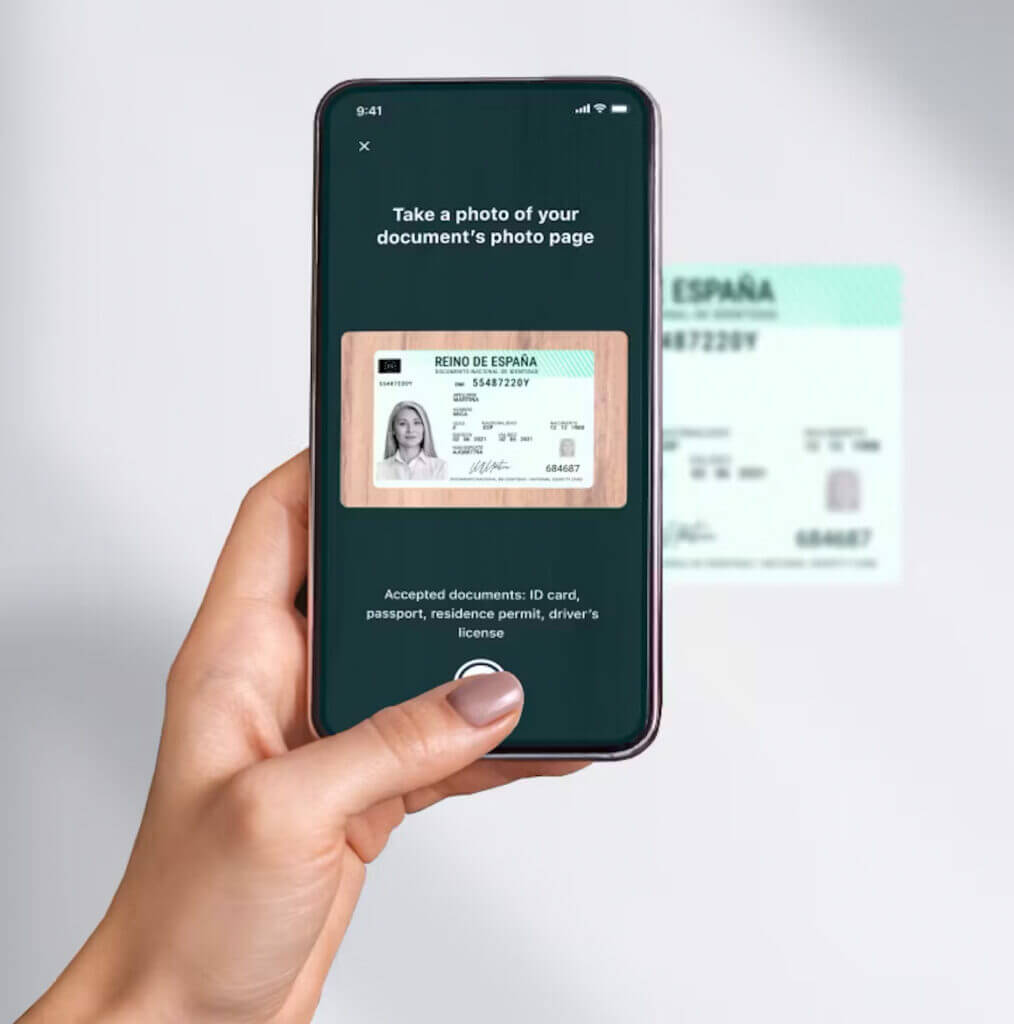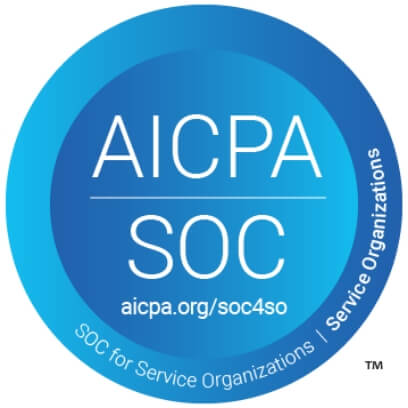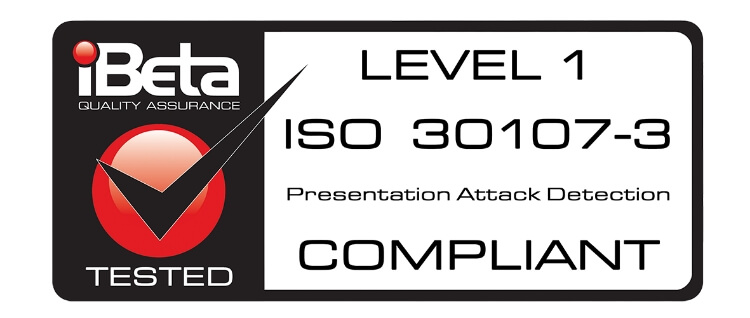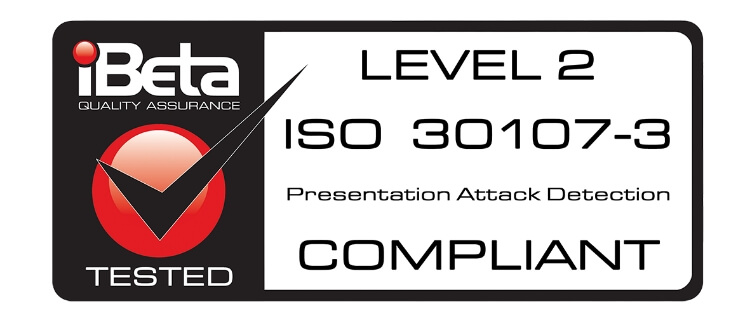Streamline your KYC Onboarding checks
Know Your Customer (KYC) procedures are essential to any business that wants to accurately verify customers and assess potential risk. Veriff helps businesses meet regulatory requirements and realize additional benefits.


How KYC Onboarding works
The user is asked to take a photo of their government-issued identity document and a simple selfie. This can be completed on a device and platform of their choice, as Veriff supports iOS, Android™, mobile web, and web SDK or API.
Veriff guides the user through the entire process with real-time feedback and automatically identifies the document type, so the user doesn’t have to manually enter data. This makes the process quicker and minimizes typing errors.
The user is asked to take a simple selfie and Veriff’s Assisted Image Capture lets them know immediately if there’s something wrong with the image. We quickly detect liveness and realness without asking users to move unnaturally or follow complex instructions.
The data is securely sent to Veriff and our AI-powered identity verification technology provides a decision in a matter of seconds, based on the identity checks your business requires.
Get genuine users onboarded faster while fighting identity fraud.
Customers around the world trust Veriff
Featured resources

Get the Fraud Index 2024: Part 2
Discover global data on consumer attitudes to fraud, risk, and digital identity.

Talk to us and make verification easy
for genuine people
Get in touch with a Veriff expert to learn more about how identity verification stops fraud while helping you convert more users.


































